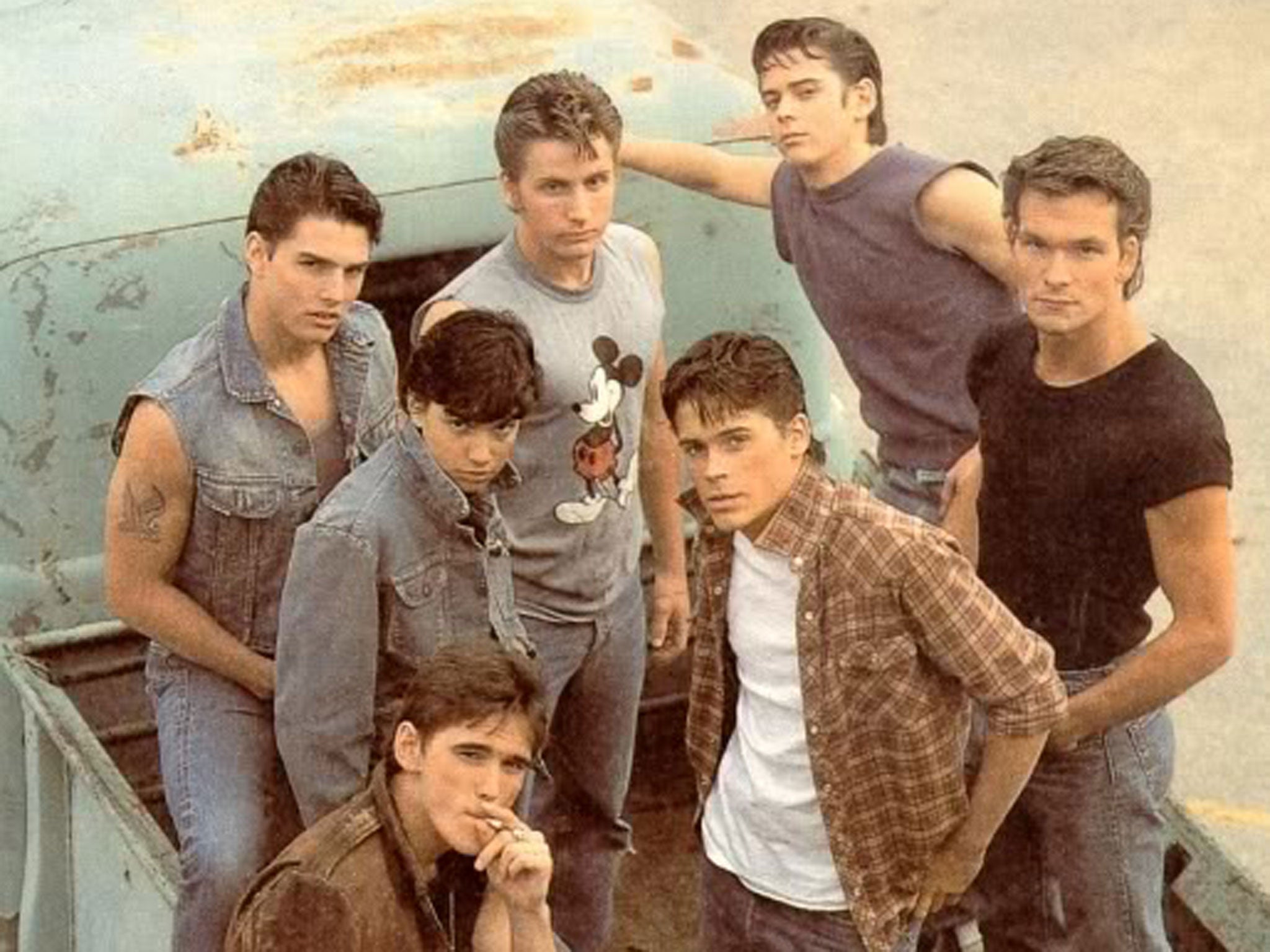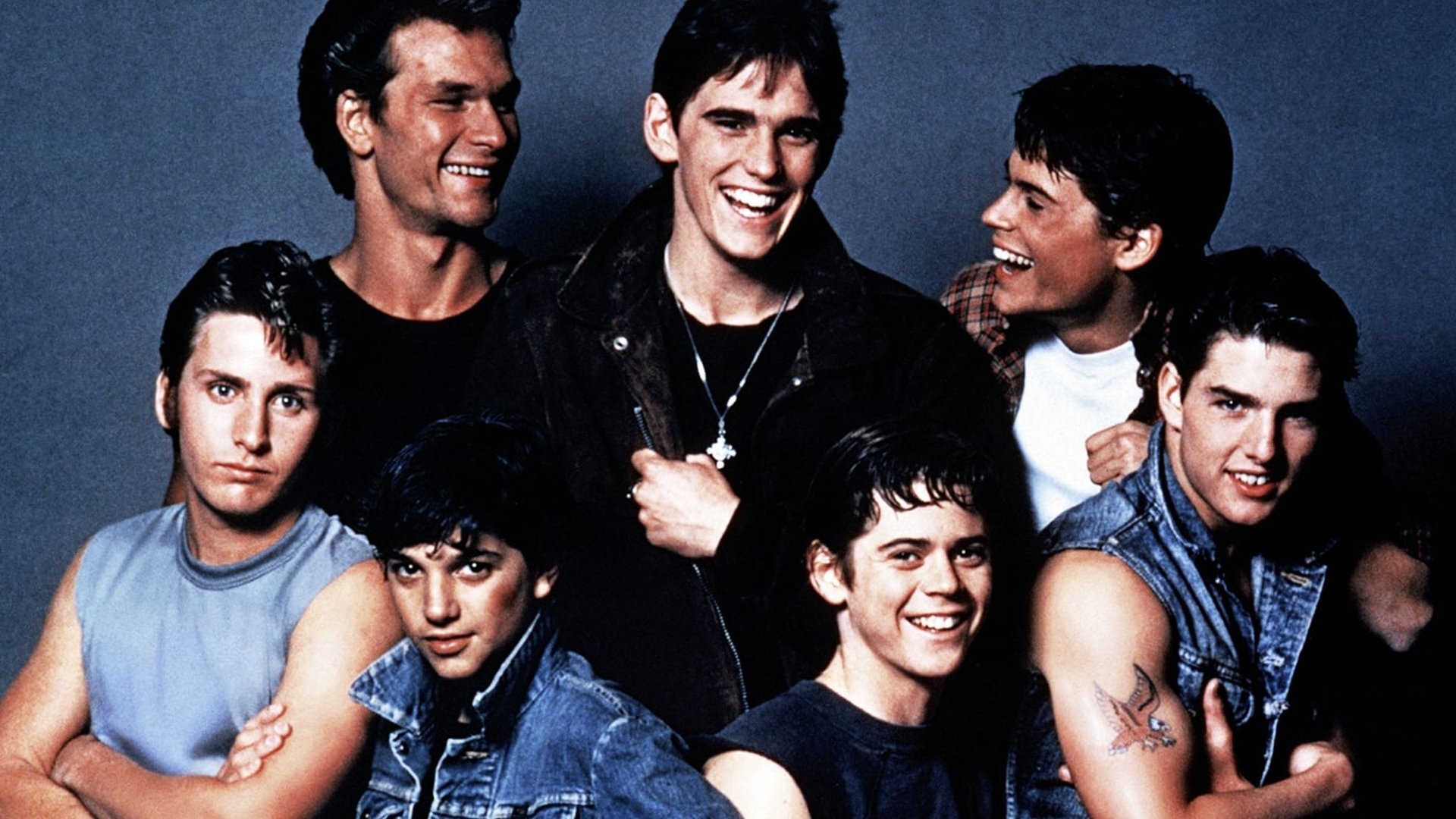Character Analysis: The Outsiders

In S.E. Hinton’s classic novel, The Outsiders, the characters are complex and multifaceted. Each individual brings their own unique strengths, weaknesses, and motivations to the story, contributing to its timeless appeal.
Ponyboy Curtis
Ponyboy is the protagonist of the novel and a member of the Greasers. He is intelligent, sensitive, and a talented writer. Ponyboy is also deeply loyal to his friends and family, and he is often the voice of reason in the group.
Ponyboy’s motivations are driven by his desire to find a sense of belonging and to make a difference in the world. He is also motivated by his love for his friends and family.
Ponyboy’s relationships with the other characters are complex and evolving. He has a close relationship with his older brother, Darry, and he looks up to him as a role model. Ponyboy also has a strong bond with his friends, Johnny Cade and Two-Bit Matthews. These relationships are tested throughout the novel, but they ultimately endure.
Johnny Cade
Johnny is a timid and insecure Greaser who is often bullied by the Socs. However, he is also a kind and compassionate person who is fiercely loyal to his friends.
Johnny’s motivations are driven by his desire to be accepted and to protect the people he cares about. He is also motivated by his guilt over killing Bob Sheldon.
Johnny’s relationships with the other characters are complex and evolving. He has a close relationship with Ponyboy, and he looks up to him as a protector. Johnny also has a strong bond with Dally Winston, who sees him as a younger brother.
Dally Winston
Dally is a complex and enigmatic character who is both feared and respected by the other Greasers. He is tough, reckless, and often violent, but he is also capable of great kindness and compassion.
Dally’s motivations are driven by his desire to be accepted and to belong to something. He is also motivated by his loyalty to his friends and his hatred of the Socs.
Dally’s relationships with the other characters are complex and evolving. He has a close relationship with Johnny Cade, and he sees him as a younger brother. Dally also has a strong bond with Ponyboy, who sees him as a mentor.
Themes and Symbolism

“The Outsiders” explores profound themes and employs evocative symbolism to convey its messages. The novel delves into the complexities of class conflict, the struggles of identity, and the desperate search for belonging among its characters. The settings, colors, and objects within the story play significant roles in amplifying these themes and enhancing the narrative’s impact.
Class Conflict
The novel vividly depicts the stark divide between the wealthy “Socs” and the working-class “Greasers.” This class conflict permeates every aspect of the characters’ lives, shaping their relationships, opportunities, and even their sense of self. The Socs’ privilege and entitlement contrast sharply with the Greasers’ poverty and marginalization, highlighting the inequalities and injustices that fuel their ongoing tensions.
Identity
The characters in “The Outsiders” grapple with questions of identity and belonging. They struggle to define themselves amidst societal labels and expectations. Ponyboy, the protagonist, embarks on a journey of self-discovery as he navigates the complexities of his own identity and the expectations placed upon him by both the Greasers and the Socs.
Symbolism
The novel employs a rich array of symbols to convey its themes and enhance its narrative. The church, for instance, represents a sanctuary and a place of refuge for the Greasers, offering them a sense of community and belonging. The park, on the other hand, symbolizes the dangerous and unpredictable nature of their world, where violence and conflict are ever-present threats.
Colors and Objects
Colors and objects also play significant roles in conveying meaning in the novel. The Greasers’ blue jeans and leather jackets serve as symbols of their identity and their defiance against societal norms. The sunsets, often described in vivid hues, reflect the characters’ hopes, dreams, and the passage of time.
Social Commentary
Set against the backdrop of the turbulent 1960s, “The Outsiders” offers a poignant reflection of the social and cultural issues that plagued American society during that era.
Gang Violence and Juvenile Delinquency, The outsiders
The novel vividly depicts the escalating gang violence and juvenile delinquency that characterized the time. The rivalry between the Socs and the Greasers serves as a microcosm of the broader societal divisions and conflicts.
- The Socs represent the privileged upper class, while the Greasers embody the marginalized working class.
- The novel explores the psychological and social factors that contribute to gang formation, such as poverty, lack of opportunity, and the search for identity.
Poverty and Class Inequality
“The Outsiders” unflinchingly portrays the stark poverty and class inequality that existed in American society in the 1960s.
- The Greasers live in a rundown neighborhood and struggle to make ends meet.
- The novel highlights the systemic barriers that prevent the Greasers from escaping poverty, such as lack of education and employment opportunities.
- It also explores the ways in which poverty and class inequality perpetuate cycles of violence and crime.
Societal Expectations and Labels
The novel examines the profound impact that societal expectations and labels have on individuals and their relationships.
- The Socs and Greasers are defined by their social class and are expected to behave accordingly.
- The novel challenges these rigid labels and shows how they can limit and distort people’s perceptions of themselves and others.
- It explores the ways in which individuals can transcend societal expectations and forge meaningful connections despite their differences.